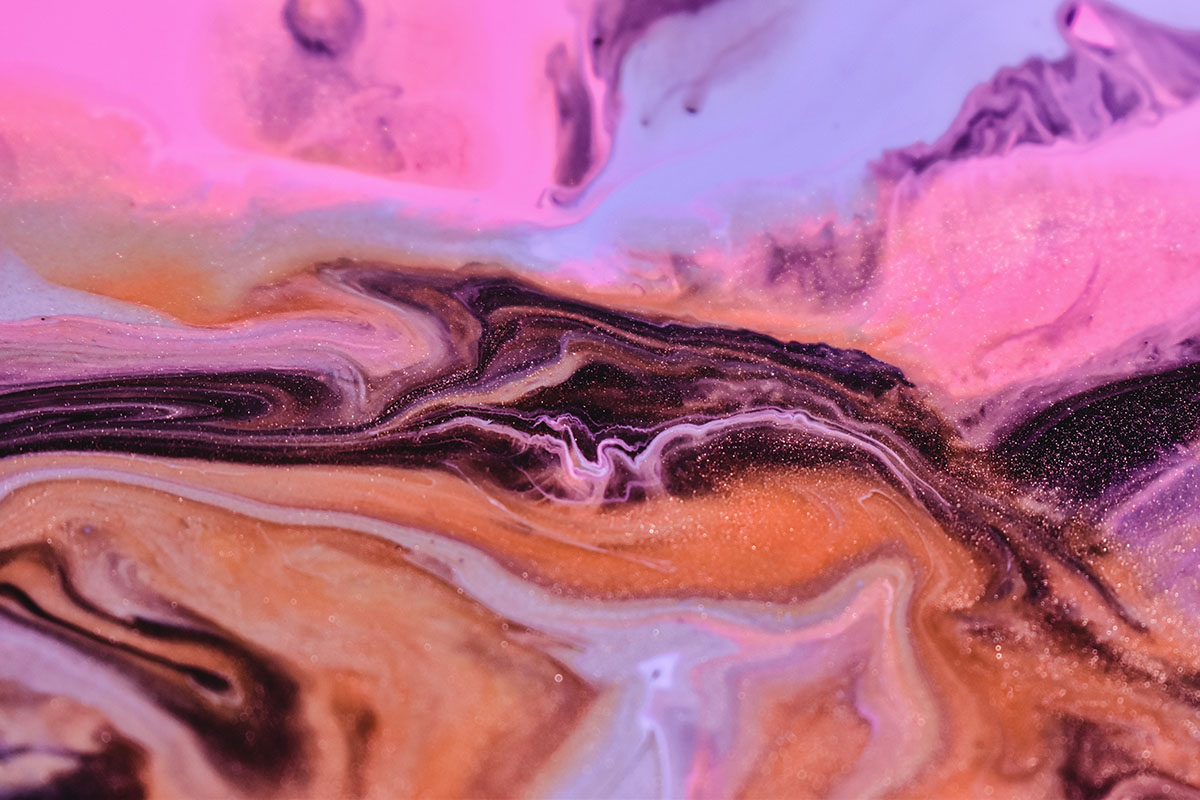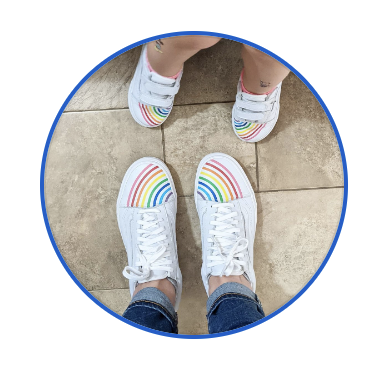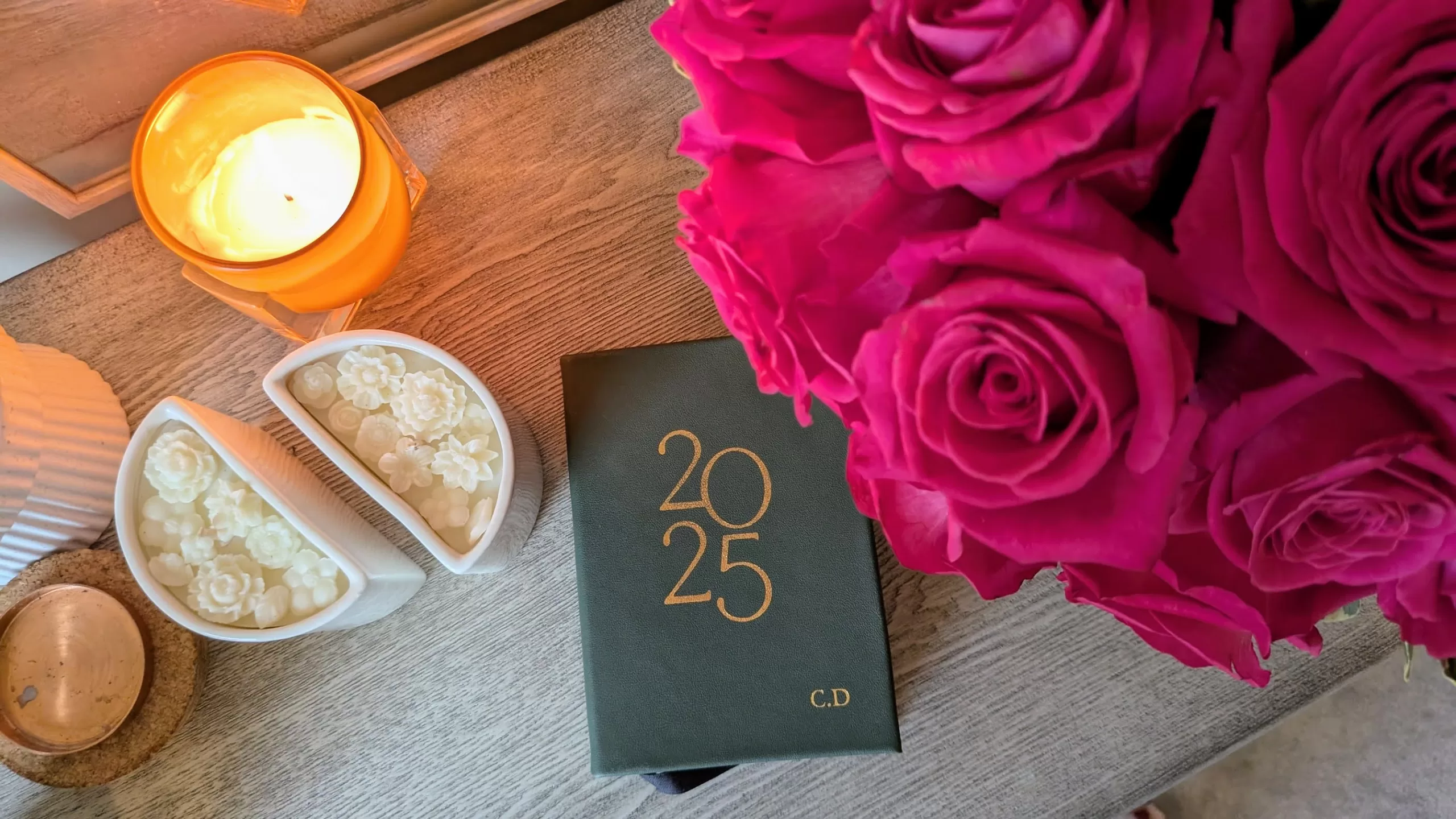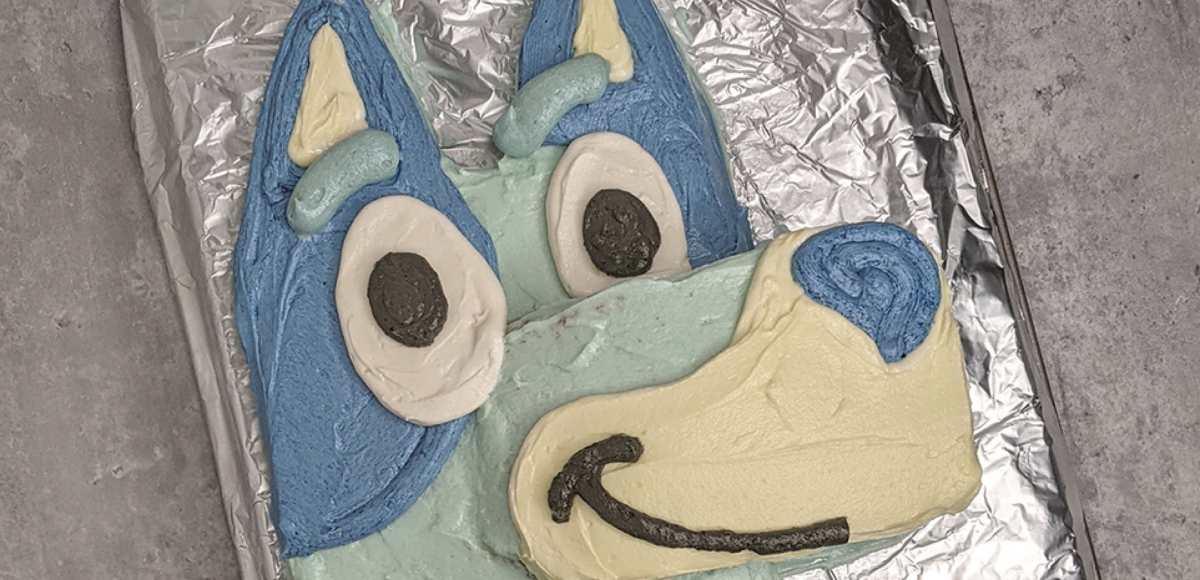This post may contain affiliate links. Every link is hand-selected by our team, and it isn’t dependent on receiving a commission. You can view our full policy here.
Admittedly, the very term “languishing” makes me want to roll my eyes. It reminds me of the trope of a “hysterical” woman in the Victorian era, doomed to pout as she lies on a chaise, deemed “too delicate” to handle the world. But when I read psychologist Adam Grant’s description of it, the term took on an interesting new meaning. Languishing, as Grant put it in the New York Times, falls smack in the middle of the depression-to-flourishing spectrum; you just don’t feel like doing much, and you don’t really care.
“You might not notice the dulling of delight or the dwindling of drive,” he writes. “You don’t catch yourself slipping slowly into solitude; you’re indifferent to your indifference.”
He suggested it could become the dominant emotion of 2021, as our shock waves of anxiety and grief over the past year of the pandemic give way to an overall feeling of blah-ness. It resonated with me, not as something I’m currently feeling, but as a way I felt shortly after my daughter was born. I’d always been ambitious; always actively seeking a new goal and gunning after it. But in early 2019, I felt like I didn’t have a next step, and I didn’t really care. I didn’t feel depressed; I felt unmoored, and vaguely bothered by it, but also unwilling to do anything about it. And unsure of how—or if—I could ever muster that sense of purpose and meaning and drive I’d had in the past.
Strangely, it took the pandemic for me to find my way out of it. When my world was upended, I couldn’t go through the motions of life anymore. I was forced to try something new, and rather than set five-year plans (how could you, when every day seemed so different from the world you knew, and who knew how long this new, socially distant life would last?), I just tried new things. I opted for hobbies over big, career-shaping moves. As Liz Gilbert would put it, I followed my curiosity. I didn’t seek to master anything; I just wanted to try new things. Things like:
- knitting
- sketching
- baking
- video editing
- meditation
- becoming a Pound Fitness instructor (!)
- flower arranging
- hot chocolate bomb-making
- attending KonMari Consultant training
- barre
- candle making
- artisanal cocktail mixing
- container gardening
Following my curiosity allowed me to shift into a state of flow—that moment when you’re so absorbed in something that time seems to fly by—and derive a sense of satisfaction from these little victories. I didn’t need to have big victories or know the exact right next step for me; I just needed bursts of creativity. Certain interests snowballed into larger passions, which made me suddenly start dreaming of side hustles and bigger projects. With time, I no longer felt “meh” as my dominant emotion; was this what flourishing felt like?!
Grant discusses flow as a key to flourishing, but the only way to find your flow, he says, is to find uninterrupted blocks of time to work on those projects. I’d argue, however, that you also need to allow yourself to follow your curiosity and just try random, small things that seem “eh, better than nothing,” because when you’re feeling blah, you don’t really know what you want to do. So you just kind of…exist. And binge watch. And binge-scroll.
You have to re-establish your baseline for joy, and if that’s as simple as “watercolor painting might not suck,” then grab a paintbrush, resolve to wake up 30 minutes earlier, and commit that time to trying it! Maybe, after that half hour, you decide it does suck. Fine, onto the next curiosity! But maybe, just maybe, it doesn’t. And either way, with each creative moment, you’ll get closer to finding your spark.
Lead Photo: Didssph/Unsplash




